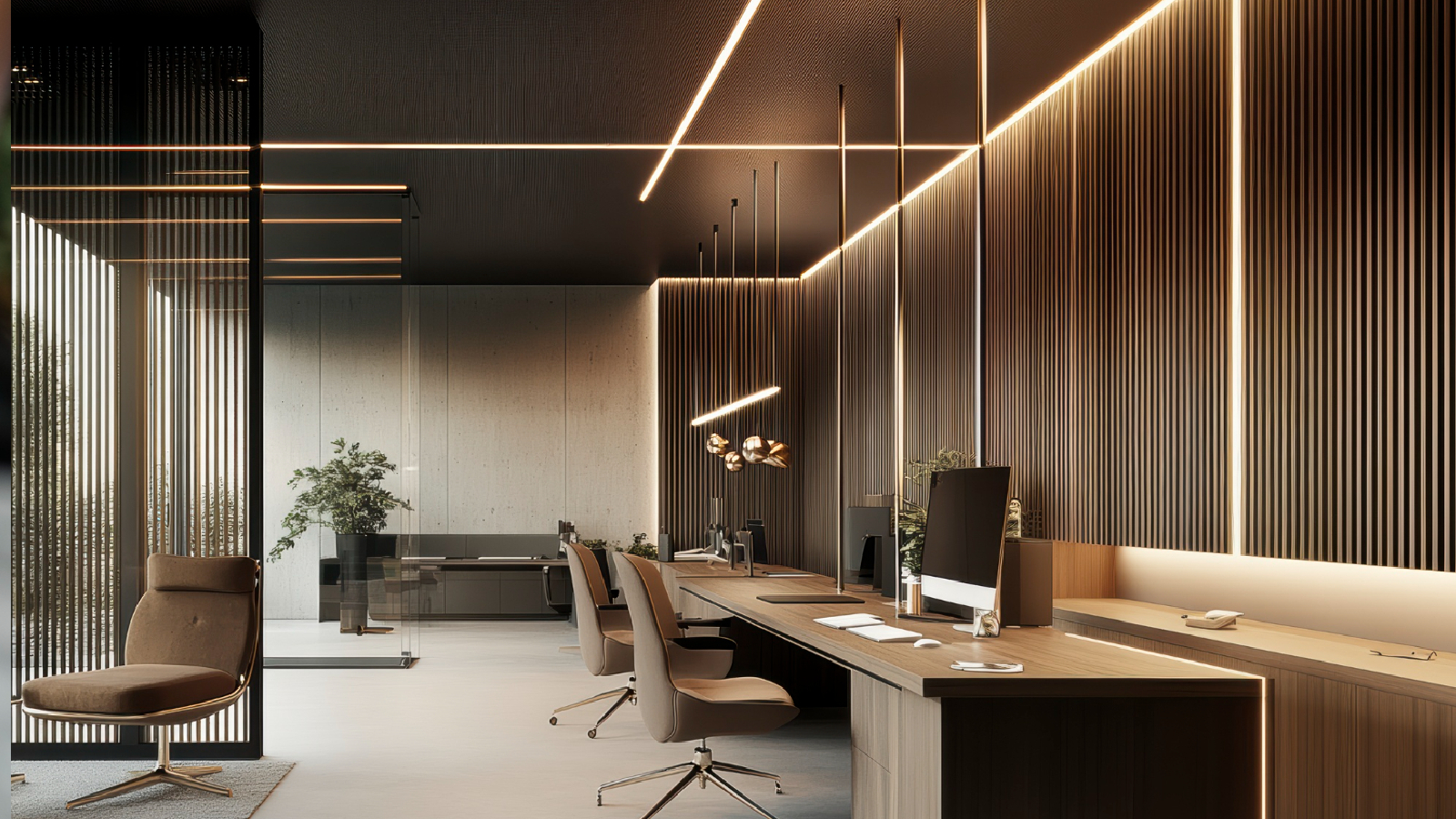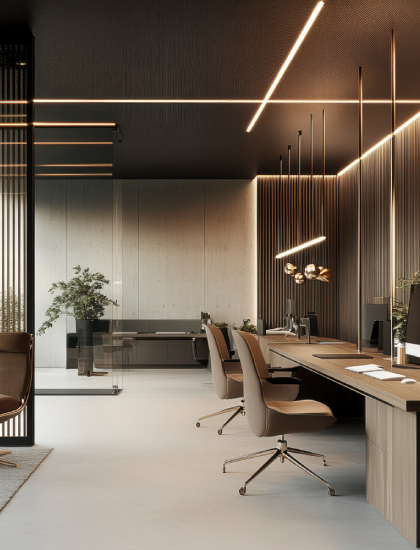
Designing or upgrading a commercial space in Dubai is far beyond choosing furniture and paint colors. With the city’s dynamic business culture and diverse clientele, interior design directly impacts productivity and brand experience.
Whether you’re an SME or an established firm, this checklist covers everything essential in Dubai’s commercial interior design, from compliance to post-handover reviews.
1. Define the Purpose of the Space
Is your space client-facing, collaborative, or retail-focused? Clarify objectives for brand image, functionality, employee comfort, and sales.
Consider your business’s growth outlook and future expansion.
Align design choices with company culture — creativity, privacy, or timelessness.
2. Compliance With Dubai Regulations
Understand Dubai Municipality, civil defense, and free zone fit-out approval processes.
Follow fire safety, HVAC, accessibility, and DEWA codes.
Work with design firms familiar with local regulations to prevent costly delays.
3. Budget Planning and Cost Transparency
Itemize budget for fit-out, furniture, technology, and contingency.
Include long-term savings from energy efficiency and ergonomics.
Reserve 10–15% for unexpected costs.
4. Optimal Space Planning
Create zones — reception, workstations, meeting rooms, and breakout areas.
Ensure smooth circulation and accessibility.
Balance open-plan spaces with quiet focus areas and maximize natural light.
5. Branding Through Design
Express brand colors in accents, furniture, and lighting.
Showcase company story with artwork and statement reception zones.
Integrate brand identity for lasting client impressions.
6. Furniture and Ergonomics
Choose ergonomic seating and adjustable workstations.
Opt for modular, durable furniture that suits office or retail needs.
Invest in materials built for high-traffic and use.
7. Lighting Design Strategy
Layer ambient, task, and accent lighting for functionality and mood.
Choose welcoming tones for client zones and energetic ones for workspaces.
Consider smart lighting solutions for energy efficiency.
8. Technology Integration
Plan for fast internet, AV setups, and video conferencing.
Integrate smart controls for lights, climate, and booking systems.
Explore digital displays and point-of-sale layouts for retail.
9. Sustainability Considerations
Use eco-friendly materials and finishes.
Opt for energy-efficient HVAC, LED lighting, and green walls.
Introduce biophilic design for wellness and improved air quality.
10. Final Touches and Post-Fit-Out Evaluation
Add artwork and textures celebrating Dubai’s cosmopolitan style.
Schedule post-handover walkthroughs to identify improvements.
Gather feedback from staff or customers and refine the space as needed.
Conclusion
A well-designed commercial space in Dubai transcends aesthetics — it drives efficiency, strengthens branding, and complies with local law. By following this checklist, companies avoid pitfalls and ensure balanced, future-proof interiors that deliver long-term value.
